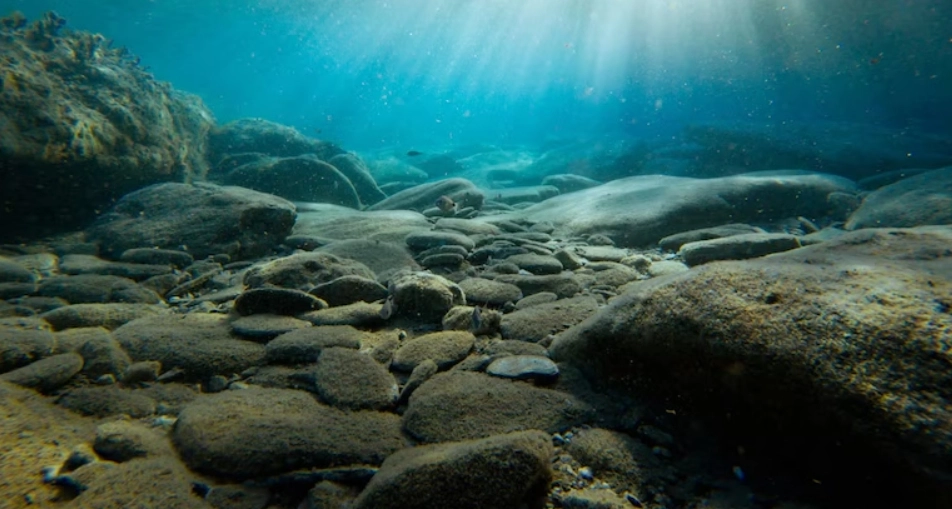
Scientists have discovered potential patches of Earth's ancient crust, sometimes called the "sunken worlds", deep within the mantle, all thanks to a new way of mapping the interior of our planet. According to a new study published in the journal Scientific Reports, the long-lost remnants of tectonic plants have been found lurking below bodies of water and within the interior of continents. However, unlike previously identified subducted slabs, which are found in areas where tectonic plates currently collide or have previously smashed together, some of the new anomalies are located in places where no known tectonic activity has ever occurred, such as below the western Pacific Ocean, researchers said. As a result, it is unclear how they ended up there, they added.
This ground-breaking discovery was made thanks to high-resolution modelling of the inside of the Earth, using various types of earthquake waves to uncover the secrets of our planet's interior. "But we don't know exactly what they are," said Thomas Schouten, a doctoral candidate at the ETH Zurich Geological Institute in Switzerland, per Live Science.
Researchers have several theories for the newly mapped blobs. For example, they believe that the submerged plates may be made of crust-like material left over from the mantle's creation 4 billion years ago. Or they may consist of some other similarly dense material that has grown within the mantle over the past few hundred million years.
However, researchers said that these are just alternative theories. At the moment, the identity of the blobs remains a "major mystery," said ETH Zurich representatives.
Notably, everything we know about Earth's interior has come from stitching together different seismographs created from different individual earthquakes across the globe. But in the new study, researchers used full-waveform inversion, which uses computer models to combine these seismographs into a single clear image.
This method requires significant computational resources, prompting the use of the Piz Daint supercomputer at the Swiss National Supercomputer Center in Lugano. The results indicated that areas resembling submerged tectonic plates exist under large oceans and within continental interiors - locations where no geological evidence of past subduction has been found.
Researchers think the newly discovered blobs may be subducted slabs, largely because seismic waves travel through them both at the same speed. However, this does not guarantee that they are the same thing, and more research is needed to assess whether they are alike, the team said.
"We have to calculate the different material parameters that could generate the observed speeds of the different wave types. Essentially, we have to dive deeper into the material properties behind the wave speed," said Mr Schouten.